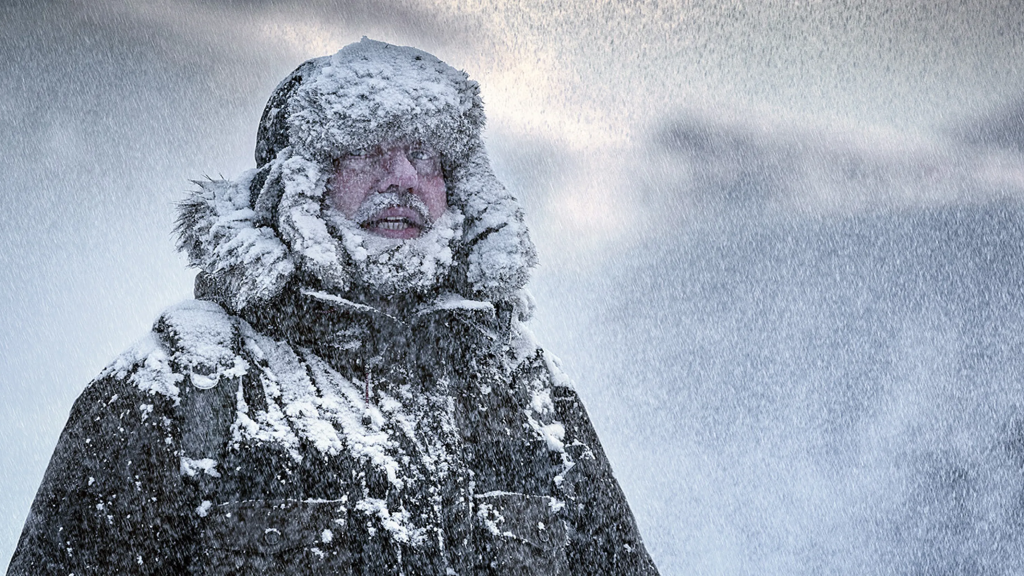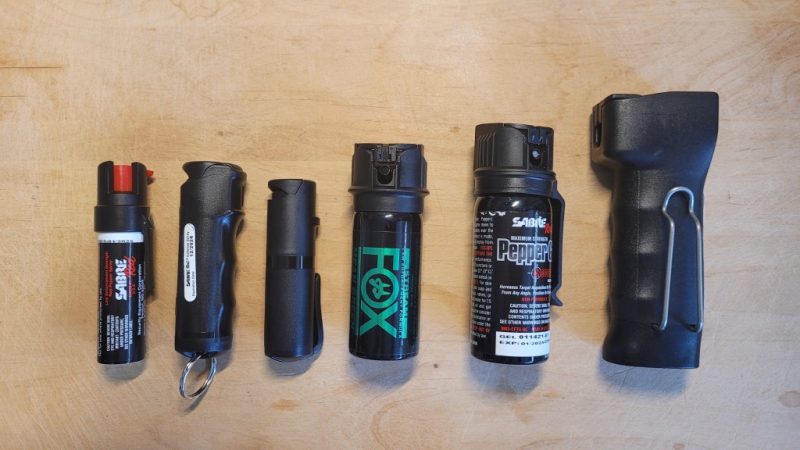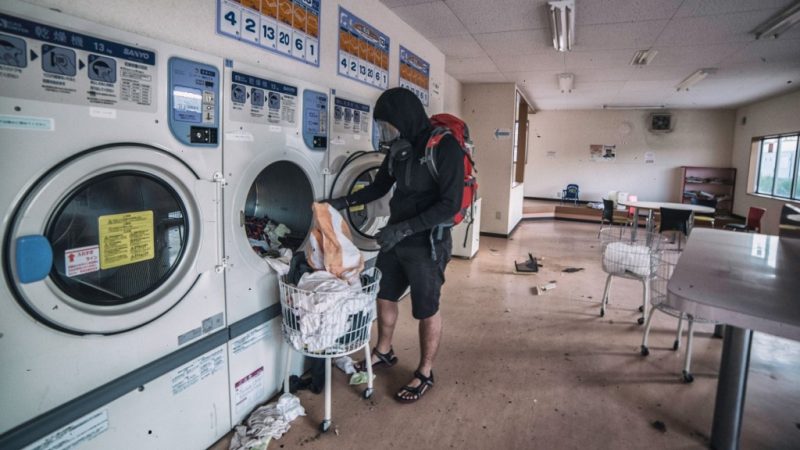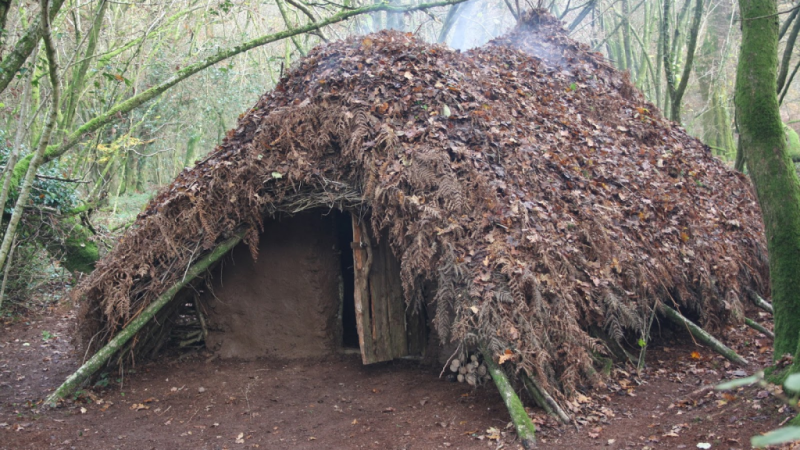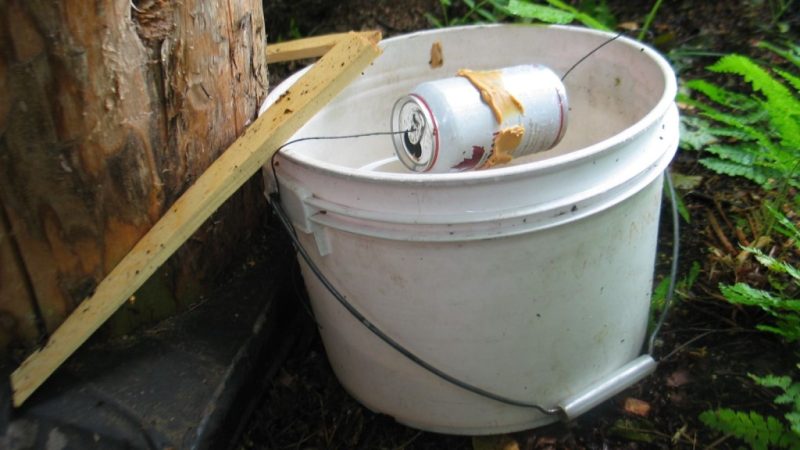In an urban (or wilderness) winter there are only a limited number of ways to keep the slow death of cold at bay. Let’s be better at staying warm in the winter with some tips.
Some of us are already in SHTF mode. The homeless are a prime example, especially during the winter months.
For them disaster has come on a much more personal level. Nearly 600,000 people experience homelessness every year in the United States. The saddest statistic is that some of these are children as well.
As the economy worsens this number grows. Whole families are being evicted from their homes in bank foreclosures every single day, some quite forcibly.
For these men, women and children staying warm during the winter is one of their most basic survival needs. Keeping their bodies at 98.6F is a matter of life and death.
In an urban (or wilderness) winter there are only a limited number of ways to keep the slow death of cold at bay.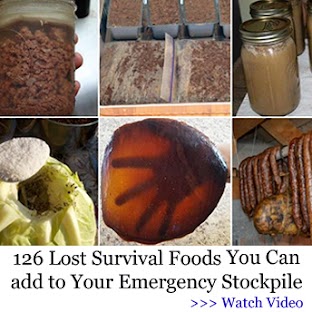
The best weapon against the cold is fire. Homeless people in cities are more limited in their fire making. Contrary to our common image of a homeless man by a fire barrel, local laws prevent most homeless from making a fire, with steep fines and jail time included.
Tips To Staying Warm In An Urban Environment
1. Wear Layers
One way to stay warm is to dress for the cold, wearing lots of layers. Wear thermal underwear during winter. Wear more than one pair of socks at a time. Wear earmuffs and warm gloves.
Thermals are available in discount stores such as Dollar General. Your local thrift store may also have some lying around. Gloves and fleece earmuffs will be there too.
For other layers at a discount price, try wearing multiple undershirts or check your local thrift store for cheap, warm clothing.
I avoid going to Goodwill because their prices are now much higher than local stores. Your local Salvation Army may offer free or discounted clothes if you speak to a manager.
If extra layers are out of budget, an old hobo trick is to stuff your clothes with crumpled newspaper. Don’t compress them though, just ball them up. The air in the ball of newspaper is what actually insulates you.
2. Blankets
Get as many blankets as you can feasibly have. Three or four blankets can make a difference during the winter. Look for wool, but other options are polyester, fleece, or poly blend. I avoid cotton if possible, because although it is cheap and plentiful it’s also horrible at insulating if it gets wet.
Mylar emergency blankets are always handy, too. They only cost a couple of dollars and can usually be found in survival/army surplus stores and sporting goods stores in the camping section.
You can lay them down under you (you absorb much more cold through the ground than the air) and on top, making a sandwich of thermal blankets around you.
You can save less heat, but be much more comfortable, if you simply place the mylar between a couple of other blankets. One of the problems with mylar is it can trap condensation from your body’s sweat, and that is bad bad bad in cold weather. Layering them between blankets prevents this.
Care must be taken not to rip them because they are usually very thin and tear easy. To store them (they will never fold back in the tiny square they came as) fold the blankets in half twice and roll it like a sleeping bag.
3. Warmers
Buy a few hand warmers if you can afford it. These chemical pouches run a couple of dollars a piece and can only be used once, but they may save your fingers from frostbite and they are handy to have, particularly on cold nights. Put them under a mylar blanket to trap the most heat.
Another great source of portable heat is a hot water bottle (usually available in drugstores). Buy a small camping propane stove, or make a hobo stove out of coke cans, and use it to heat some water. You are going to want one to cook with anyway.
Propane bottles are about $4 each and last quite a while. You can also use them to heat your food, which eating warm food will also keep you warmer.
Again, put the water bottle under a mylar blanket to trap the most heat.
Conclusion
It needs to be said again that nearly 600,000 people experience homelessness every year in the United States. Yes, some of those people are there because of personal issues such as drugs and alcohol, but some of them are homeless because of disabilities they cannot help or unexpected situations that turned their lives upside down. At the very least these children deserve our support as a community and as a nation.
I’ve yet to meet a cold and starving homeless child that wanted to be that way. Please support your local shelters and homeless outreach programs.

